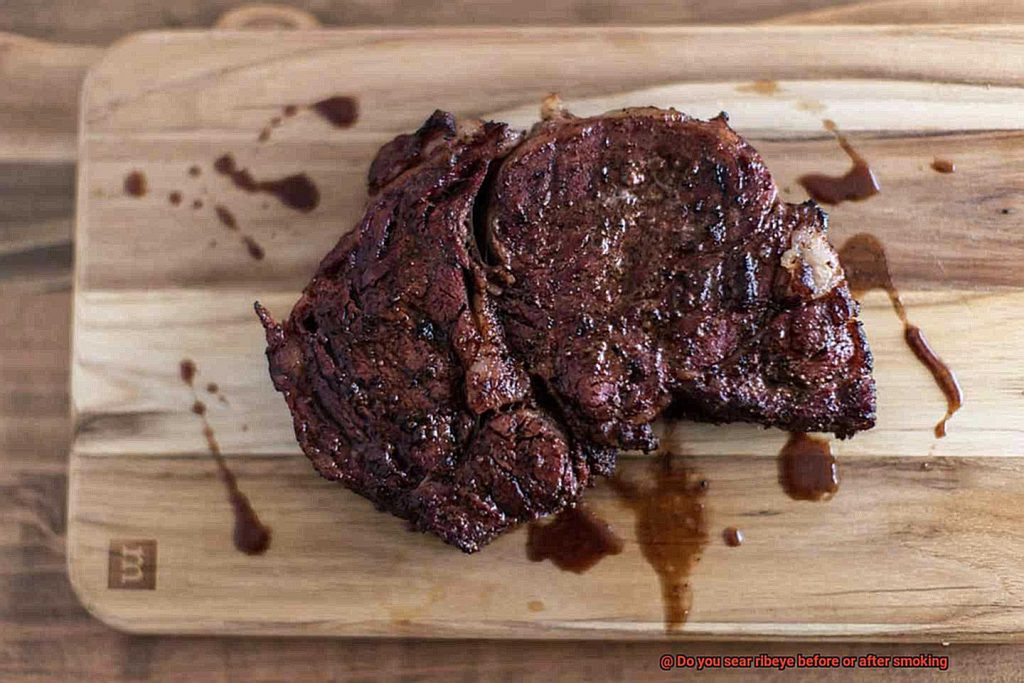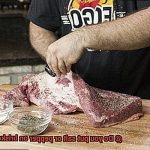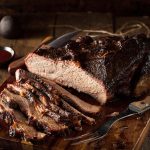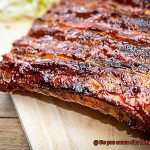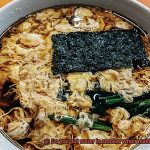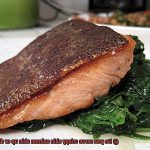Are you ready to create the ultimate ribeye steak that will leave your taste buds begging for more? The age-old question of whether to sear your ribeye before or after smoking has been a topic of debate among steak enthusiasts for years. Some argue that searing before smoking is the way to go, while others swear by searing after smoking. But which method truly reigns supreme?
In this blog post, we’ll dive into both sides of the argument and provide you with all the juicy details you need to make the perfect ribeye steak. We’ll explore the benefits of each technique, discuss different methods for various cuts of meat, and even delve into the science behind searing and how it affects flavor and texture.
Whether you’re a grilling pro or a beginner cook, this post is tailored just for you. You’ll discover everything there is to know about searing ribeye before or after smoking, so you can whip up a mouthwatering steak every time. So grab your favorite beverage, sit back, and let’s get cooking.
Contents
What is Searing?
Searing is a culinary technique that every home cook should master. It involves applying high heat to meat, poultry, or fish for a short time until a brown crust forms on the surface. This process does not cook the food all the way through but enhances its flavor by creating an incredibly delicious exterior.
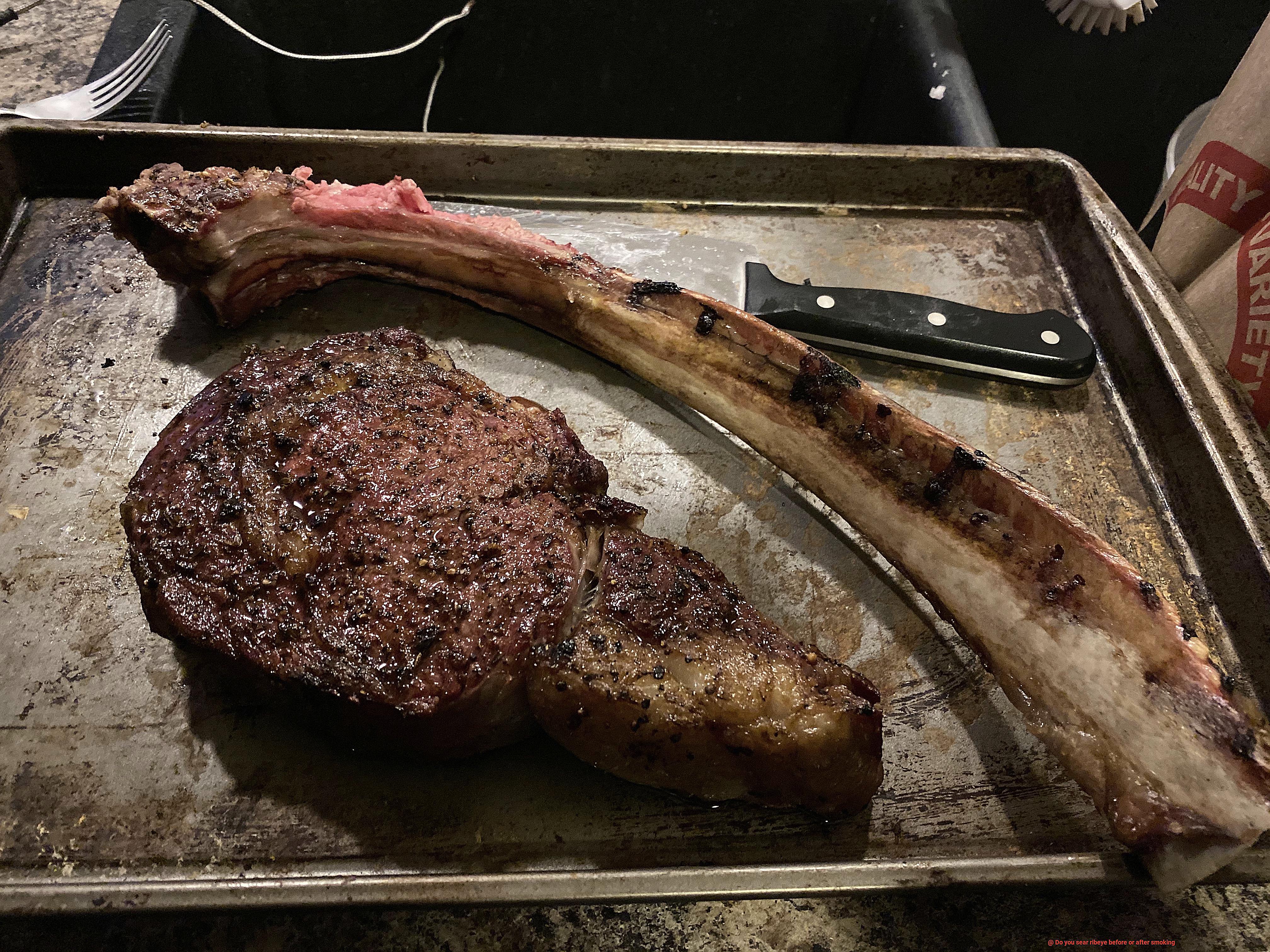
The benefits of searing are manifold. Firstly, it enhances the taste of the dish by creating a complex flavor and aroma profile through the Maillard reaction. Secondly, it adds a crispy texture to the food, making it more enjoyable to eat. Finally, searing helps to lock in moisture and flavor by creating a barrier between the food’s surface and its juices.
Searing is also an essential step in smoking meats like ribeye. It helps to lock in moisture and flavor before the meat goes into the smoker and enhances the taste of the dish. However, whether to sear before or after smoking remains a subject of debate among grilling enthusiasts.
If you’re using a smoker that can reach high temperatures like a pellet or offset smoker, searing first can ensure that the steak gets a good crust. On the other hand, if you’re using a low and slow smoker like a charcoal or electric smoker, searing after smoking may be the better option.
Thickness is another critical factor to consider when deciding whether to sear before or after smoking. A thicker cut may require searing first to ensure even cooking without overcooking the outside. A thinner cut may achieve a good crust without overcooking the steak by searing it after smoking.
Types of Smokers
If you’re a meat lover, you know that smoking is one of the best ways to cook a ribeye. But with so many different types of smokers available, it can be tough to decide which one to use. In this article, we’ll explore the differences between offset smokers, electric smokers, and pellet smokers when it comes to searing ribeye.
Offset Smokers:
Offset smokers are the classic choice for smoking meat. They use wood or charcoal to create smoke and heat, which is then directed into a separate chamber where the meat is cooked. Offset smokers can reach high temperatures, making it easier to achieve a good crust. With this type of smoker, it is recommended to sear the ribeye after smoking to achieve a crispy crust and juicy interior. This technique ensures that the meat stays moist while still achieving a delicious exterior.
Electric Smokers:
Electric smokers are convenient and easy to use. They use electricity to heat up and generate smoke. However, they typically cannot reach as high of temperatures as offset smokers, which can impact the searing process. With an electric smoker, it is recommended to sear the ribeye before smoking to achieve a similar level of crustiness. Searing before smoking locks in the juices and creates a nice crust on the surface of the meat.
Pellet Smokers:
Pellet smokers use compressed wood pellets to generate smoke and heat. This type of smoker combines the convenience of an electric smoker with the smoky flavor of a traditional offset smoker. With a pellet smoker, it is recommended to sear the ribeye before smoking to ensure that the meat stays moist while still achieving a crispy exterior. Pellet smokers provide consistent heat and smoke levels, making them a great choice for beginners.
Thickness and Personal Preference:
Aside from the type of smoker used, there are other factors to consider when searing ribeye. One important factor is the thickness of the cut. Thicker cuts may benefit from searing first to ensure even cooking. Another factor is personal preference – some people prefer searing before smoking for a better crust, while others prefer searing after smoking for better texture. It’s best to experiment with different methods to find the perfect searing process for your taste buds.
Sealing Before Smoking – Pros and Cons
You’ve likely heard about the technique of sealing the meat before smoking. As an expert on this topic, let me break down the pros and cons of this method.
Firstly, searing can help to retain moisture in the meat. When you sear the ribeye before smoking, you create a crust on the outside that helps to seal in the juices. This can prevent the meat from becoming dry and tough during the smoking process. Retaining moisture is crucial for a juicy and tender ribeye, making searing an excellent option.
In addition to retaining moisture, searing can add an irresistible flavor to your ribeye. The high heat used in searing helps to caramelize the surface of the meat, creating a rich, savory taste that can enhance the overall flavor profile. This caramelization adds depth and complexity to your final product.
Moreover, searing can create a perfect textural contrast in your ribeye. The crispy exterior created by searing can provide a satisfying crunch that complements the tender and juicy interior of the meat. It creates an enjoyable texture that enhances the overall eating experience.
However, there are also some potential downsides to consider. One potential pitfall of searing is that it can overcook the meat if done for too long or at too high of a temperature. Overcooking results in dry and tough meat that nobody wants in their perfectly smoked ribeye. Therefore, it’s crucial to monitor the temperature closely when utilizing this method.
Another potential issue with searing is that it can create hot spots on the meat. If not monitored closely, this can lead to uneven cooking and a less-than-perfect final product. To avoid this issue, it’s essential to keep an eye on the cooking process and make sure you’re using even heat when searing.
Lastly, some people feel that searing can mask the smoky flavor that they love in smoked meats. While this is a matter of personal preference, it’s worth considering if achieving a strong smoky flavor is a top priority for you. The crust created by searing can overpower the smoky flavor, so keep that in mind while making your choice.
Sealing After Smoking – Pros and Cons
As a ribeye aficionado, I have spent countless hours experimenting with different cooking techniques to bring you the best tips and tricks for creating the perfect steak. One of the most debated topics in the world of ribeye is whether to sear the meat before or after smoking. In this article, I’ll be sharing everything you need to know about sealing after smoking ribeye, including its pros and cons.
Let’s start with the pros. Sealing after smoking is a great way to lock in the juices and flavors of the meat. Smoking can sometimes cause the meat to lose moisture, resulting in a dry and tough texture. However, by searing the meat afterward, you can help seal in the moisture and create a juicy and tender texture that’s sure to impress your taste buds.
The second benefit of sealing after smoking is its ability to create a visually appealing dish. By creating a crispy crust on the outside of the meat, it adds an extra layer of texture and flavor to your dish that’ll make your mouth water. This can also enhance the overall presentation of your meal, making it look as good as it tastes.
But like all things, sealing after smoking also has its cons. The biggest concern is that it’s easy to overcook the meat when searing at high temperatures. This can result in a tough and chewy texture that’ll take away from the overall taste and enjoyment of your dish. It requires careful timing and attention to detail, which may not be feasible for everyone.
Another potential drawback is that some people may find sealing after smoking too time-consuming or complicated. It requires more effort and patience than simply throwing a steak on the grill, which may not be suitable for everyone.
In conclusion, sealing after smoking ribeye has both pros and cons. Ultimately, the decision to sear before or after smoking depends on personal preference and cooking style. It’s important to experiment with different techniques to find what works best for you and your taste preferences. So go ahead and try it out – who knows, sealing after smoking might just become your new favorite way to cook ribeye. To summarize, here’s a list of pros and cons:
Pros:
- Locks in the juices and flavors of the meat
- Creates a visually appealing dish
Thickness of the Ribeye
As an expert on this topic, I can tell you that the thickness of your ribeye can make all the difference in creating a juicy, flavorful masterpiece.
Let’s start with smoking. A thicker cut of ribeye is preferred for smoking as it allows for more flavor to penetrate the meat, resulting in a juicier and more flavorful steak. However, thicker cuts also mean a longer cooking time on the smoker. If you’re short on time, opt for a thinner cut that can be smoked quickly and still deliver delicious results.
When it comes to searing, switch things up and go for a thinner cut. Thin cuts allow for a quick sear without overcooking the interior. This is especially important if you’re looking for that perfect medium-rare center.
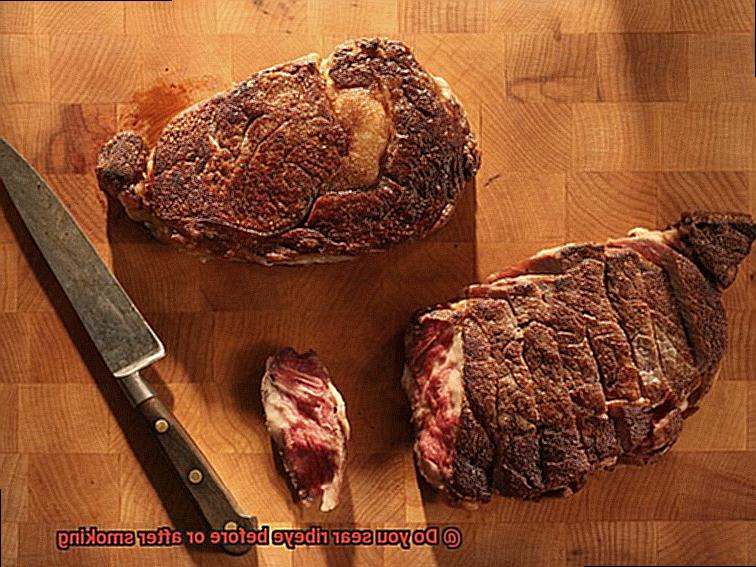
But what about searing before or after smoking? This decision ultimately depends on personal preference and desired level of doneness. If you want a crispy crust on the outside while keeping the inside juicy and flavorful, smoke first and then sear at high heat. If you prefer to lock in juices before finishing on the smoker for added smoky flavor, sear first.
Remember that thicker cuts may require a lower temperature on the smoker to prevent burning on the outside while the inside remains undercooked. And while thicker cuts are ideal for smoking, thinner cuts are recommended for searing.
Combining Both Methods
Calling all foodies and grill masters. Are you ready to take your ribeye game to the next level? Look no further than the technique of combining both searing and smoking methods. This culinary hack infuses the meat with a deep, smoky flavor while also achieving that crispy, caramelized crust we all love.
To start, smoke the ribeye on low heat until it reaches an internal temperature of around 110°F. While the steak is smoking, prepare your grill for searing. Once the grill is hot enough (around 500°F), season the ribeye with your favorite blend of spices or herbs before placing it on the grates. Sear each side for about 1-2 minutes or until a crust forms, being sure to use tongs instead of piercing the steak with a fork.
Once you’ve achieved that perfect sear, remove the steak from the grill and let it rest for a few minutes. This resting period allows the juices to redistribute throughout the meat, resulting in a more tender and flavorful steak.
To really elevate your ribeye game, consider experimenting with different wood chips or rubs during the smoking process. Hickory wood chips will give a bold, smoky flavor while cherry wood chips will provide a subtle sweetness. And don’t forget about injecting marinades or brines into the meat for extra juicy flavor.
Personal Preference
Today, we delve into the art of personal preference when it comes to searing ribeye before or after smoking. The great thing about cooking is that it is highly subjective, and each individual has their own way of doing things. Let’s explore the differences in personal preference and how it affects the final product.
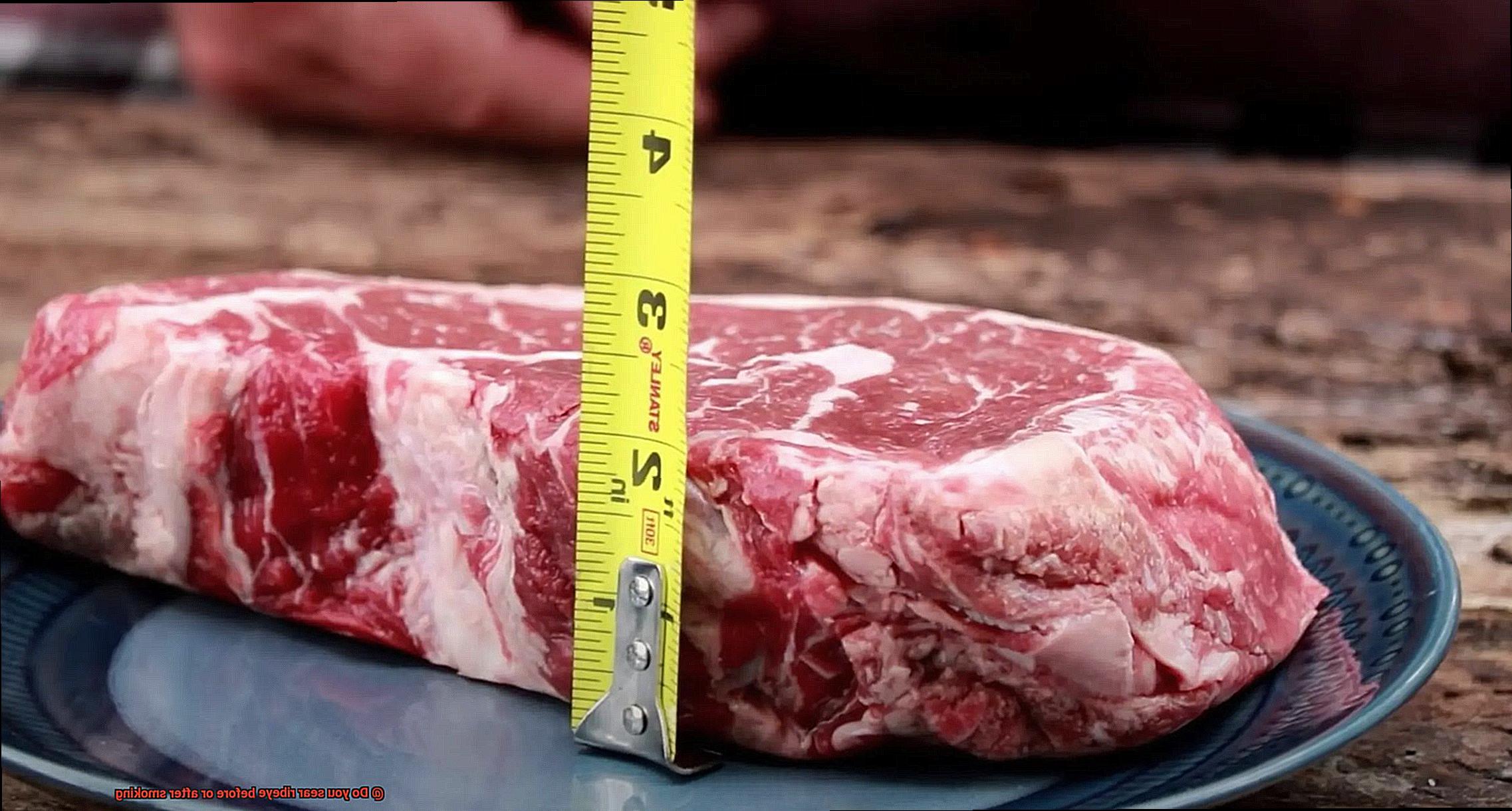
Firstly, let’s talk about those who prefer to sear their ribeye before smoking. This method is all about achieving the perfect crust on the outside of the meat. By searing the ribeye first, you create a mouthwatering caramelized surface that contrasts beautifully with the tender, juicy interior. It’s a great way to lock in those savory juices and add an extra layer of flavor to your steak.
On the other hand, smoking your ribeye first allows for greater flavor penetration throughout the meat. If you’re someone who loves that smoky goodness, then this method is for you. Slowly smoking your ribeye over low heat infuses it with a delicious smoky flavor while also tenderizing it. After achieving the desired level of smokiness, you can then sear the ribeye over high heat to finish cooking and create a crispy exterior.
So, which method is better? Well, that’s entirely up to personal preference. Both methods have their own benefits and produce a delicious final product. Here are some factors to consider:
- Texture: If you love a crispy exterior against a juicy interior, then searing before smoking might be your preferred method.
- Flavor: If you’re all about that smoky goodness, then smoking before searing might be right up your alley.
- Time: If time is of concern, then searing before smoking might be quicker as compared to smoking first.
It’s always best to experiment with different techniques and flavors when it comes to grilling. There’s no wrong way to cook a ribeye steak as long as it tastes amazing.
Tips for Searing Ribeye
Achieving the perfect sear on a ribeye steak can be a daunting task, but with these tips and tricks, you’ll be able to create a mouthwatering caramelized crust that will have everyone asking for seconds.
Room Temperature is Key
One of the most important things to remember when searing a ribeye is to let it sit at room temperature for at least 30 minutes before cooking. This ensures that the steak cooks evenly and prevents it from becoming tough.
Dry Your Steak
Before seasoning your steak, make sure to pat it dry with paper towels. This removes any excess moisture that can prevent proper searing and results in a crispy crust.
Season Generously
Don’t be afraid to add a generous amount of salt and pepper to your ribeye. This simple seasoning is classic and effective, but you can also experiment with different herbs and spices depending on your preferences.
High Heat is Essential
A hot skillet or griddle is essential for achieving a perfect sear on your ribeye. Make sure the pan or grill is preheated to high heat before placing the steak on it. The heat should be high enough to create a sizzle when the steak hits the surface.
Don’t Move Your Steak
Once you’ve placed your ribeye in the skillet or on the griddle, resist the urge to move it around too much. Let it cook undisturbed for a few minutes on each side to allow a nice crust to form. Moving the steak around too much can prevent the crust from forming and cause sticking.
Basting Adds Flavor
Adding a few pats of butter and a sprig of rosemary or thyme while cooking your ribeye adds an extra layer of flavor. Baste the steak with the melted butter by tilting the pan towards you and using a spoon to scoop up the butter and drizzle it over the top of the steak.
Rest Before Serving
Letting your ribeye rest for a few minutes after cooking allows the juices to redistribute throughout the steak, resulting in a juicier and more flavorful bite. Be patient and resist the temptation to cut into your steak right away.
Experiment with Smoking
Whether you prefer to sear before or after smoking is a personal preference. Some grillmasters prefer to sear before smoking to create that initial crust, while others prefer to smoke first and finish with a sear for added flavor and texture. Experiment with both methods to see which one you prefer.
o4yzw9r6n2s” >
Conclusion
After careful consideration and research, it’s clear that the answer to whether you should sear a ribeye before or after smoking is not a simple one. It ultimately comes down to personal preference and the desired result.
If you’re looking for a crusty, caramelized exterior with a juicy, tender interior, then searing before smoking may be your best bet. However, if you prefer a smokier flavor with a more even cook throughout the meat, then searing after smoking might be the way to go.
Regardless of which method you choose, it’s important to keep in mind that the perfect ribeye requires attention to detail and patience. Don’t rush the process and take your time to ensure that every step is done correctly.

